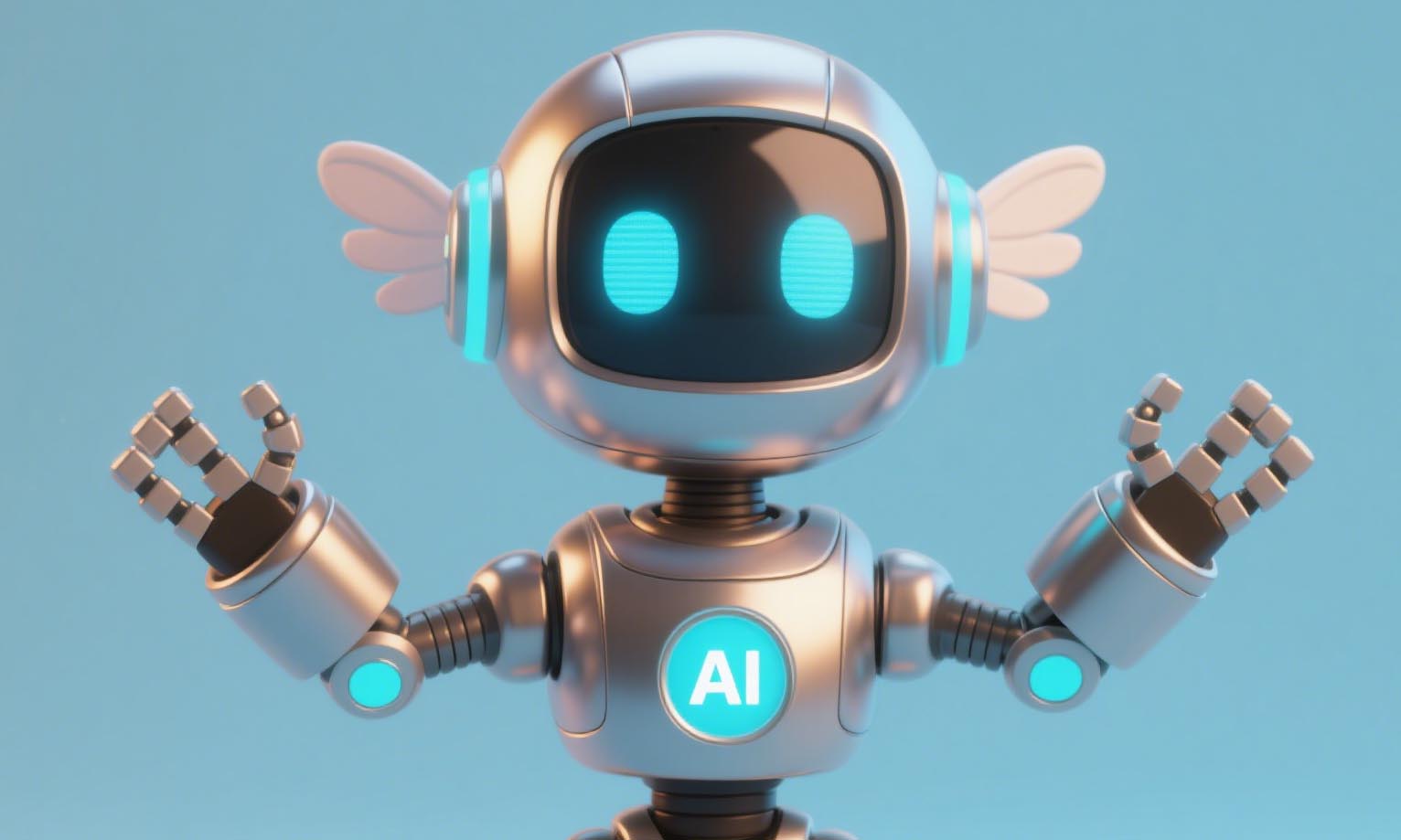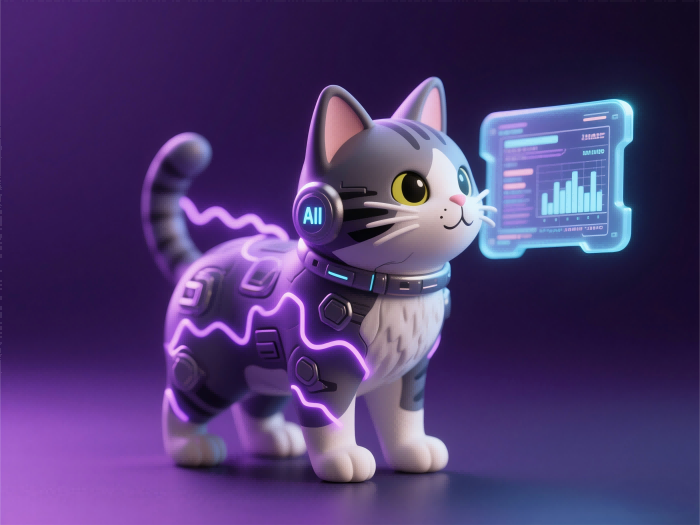AI Empowering Dolls: From Companionship to Cognitive Guidance
As AI technology reshapes industries across the board, traditional dolls are quietly undergoing a profound transformation. Once limited to singing or speaking pre-recorded phrases, today’s AI-powered dolls can interact continuously, express emotions, and even guide a child’s cognitive and emotional development. Artificial intelligence is redefining what it means to be a "doll."
From Speech to Cognition: The Evolution of Smart Dolls
Early AI dolls relied on basic keyword recognition and preset scripts, offering limited and often rigid interactions. However, with the advancement of natural language processing (NLP), especially the rise of large language models (LLMs) like GPT, Gemini, and Claude, smart dolls have gained the ability to engage in human-like conversations. They no longer just "respond" but can understand context, detect emotions, and provide personalized replies based on a child’s speech, behavior, and habits.
Moreover, with the development of edge AI technology, large models can now be deployed locally on embedded chips within the doll itself. This enables real-time interaction while protecting user privacy—transforming dolls from “connected toys” into truly “embedded intelligent agents.”
Multimodal Perception: Letting Dolls See, Hear, and Feel
The newest generation of AI dolls is moving toward multimodal intelligence, integrating voice recognition, image processing, tactile sensors, and emotional perception for a more immersive human-machine interaction.
-
Visual perception: Embedded cameras allow the doll to “see” facial expressions and body movements, enabling it to respond with appropriate tone or content based on whether the child appears focused, happy, or distracted.
-
Voice understanding: Advanced speech recognition enables dolls to detect different tones, dialects, and even crying, helping them assess the child’s emotional state.
-
Tactile interaction: Novel skin sensors enable dolls to sense hugs, touches, or pokes and provide feedback via warmth or vibration, simulating real emotional exchange.
This integration of modalities turns the doll into more than a talking device—it becomes a sensory companion.
AI and Child Psychology: Toward a Supportive Growth Companion
As AI becomes more deeply embedded in early childhood education and emotional development, smart dolls are evolving from mere companions into guides and observers.
Research shows that children under 12 naturally trust anthropomorphized objects. When this trust is combined with emotionally aware AI and educational content, the result is powerful:
-
Emotional support: AI can detect mood shifts and respond gently, helping children express themselves and potentially reducing anxiety and loneliness.
-
Habit formation: Through gamified tasks, dolls can encourage healthy routines like brushing teeth or tidying up.
-
STEM engagement: With built-in modules for basic math, language, and logic, smart dolls can present knowledge naturally through stories and dialogue.
At the same time, this raises important ethical concerns. Developers must prioritize privacy protection, emotional dependency risks, and value alignment to ensure technology supports rather than replaces real human connection.
Looking Ahead: From “Doll” to “Growing AI Companion”
Looking forward, AI dolls may transcend their role as toys to become educational assistants, emotional guardians, and even lifelong digital companions for children. Future smart dolls may feature:
-
Lifelong learning: Continuously adapting to a child’s developmental stage and personality.
-
Edge-cloud synergy: Processing sensitive data locally while improving through cloud-based updates.
-
Customizable personalities and values: Reflecting family culture and educational preferences.
Conclusion
AI is fundamentally redefining the doll. No longer just a plaything, it is evolving into a cross-disciplinary intelligent platform—blending software, hardware, and human understanding. This quiet revolution in companionship, starting with the eyes of a child, is shaping a future of AI that is more humane, more emotional, and more deeply integrated into our everyday lives.













